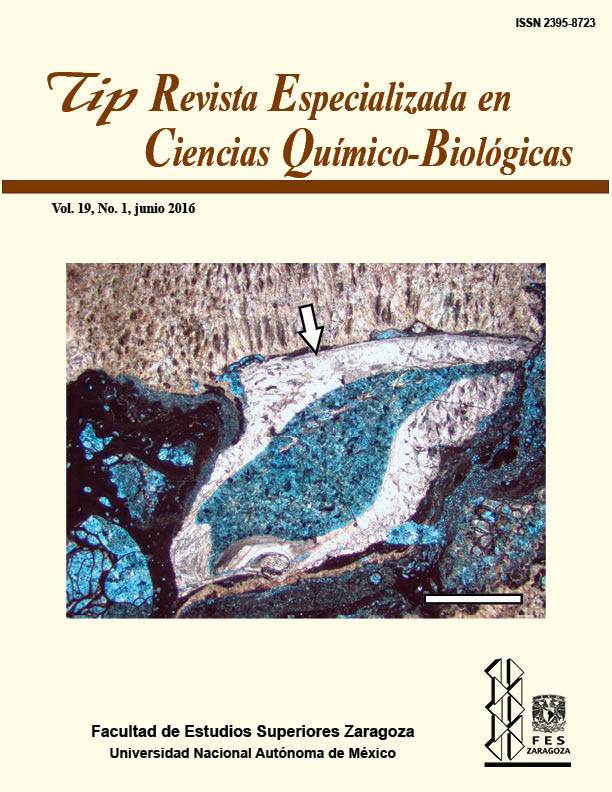Abstract
The chemistry of the oceans has changed over the passage of geological time. Specifically, changes are recognized in the salt composition thereof, and in particular secular variations alternating between low magnesium calcite (LMC) and aragonite / high magnesium calcite (HMC) as the predominant polymorph of calcium carbonate. A calcitic sea, where LMC is precipitated, is associated with high rates of oceanic expansion, as well as with high levels of CO2 in the atmosphere and a global greenhouse effect. Chemically, it is related to an Mg / Ca <2. Meanwhile, in an ocean where Mg / Ca is usually> 2, aragonite or HMC are preferably precipitated. This type of “seas” are related to low oceanic expansion rates and also to lower atmospheric CO2 levels in comparison with calcitic seas. Furthermore, aragonitic seas are usually related to “icehouse effect” episodes.The changes in the chemistry of the oceans affects the organisms that inhabit them, and in particular, in reef-building organisms such as such as sponges, corals and coralline algae, among others. Fossils found in a calcitic interval are characterised by a LMC mineralogy, whereas those found in an aragonitic interval, have a mineralogy consisting either of aragonite/HMC. Nonetheless, it is interesting to pinpoint that both mineralogies can appear in a same clade, if this clade is encompassed in a succession of calcitic-aragonitic intervals.
TIP Magazine Specialized in Chemical-Biological Sciences, distributed under Creative Commons License: Attribution + Noncommercial + NoDerivatives 4.0 International.



